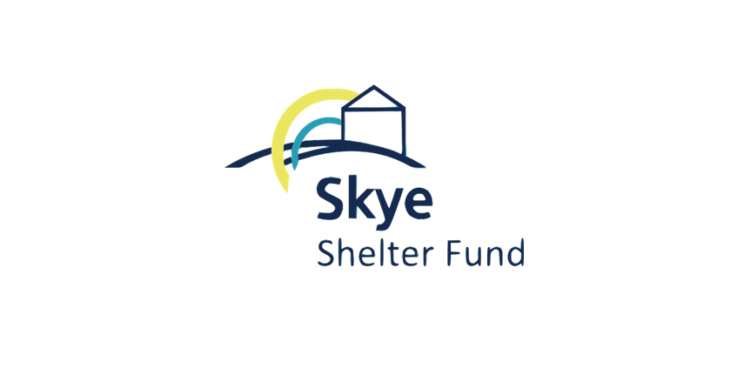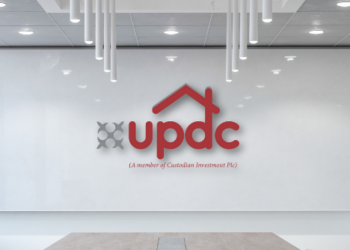In 2025, SFS REIT has clearly outperformed its peers, delivering the highest returns on both market and financial metrics.
It is a big battle for leadership in Nigeria’s REIT space, and despite the relatively small scale of SFS, it has emerged on top.
But before we get into the numbers, what exactly do these companies offer?
The listed Real Estate Investment Trusts (REITs); SFS REIT (Skye Shelter Fund), Union Homes REIT, and UPDC REIT, are structured to pool investor funds for investment in income-generating properties such as residential estates, shopping malls, offices, and warehouses, while distributing most of their income as dividends.
They give local investors access to real estate returns without the burdens of direct property ownership.
No doubt, they have shown resilience in market performance so far in 2025, but their scale and depth remain modest compared to global peers.
With combined assets below N50 billion and a total market capitalization of just N40.044 billion (0.045% of the NGX’s N89.07 trillion equity market cap), these funds remain significantly underleveraged and underdeveloped relative to international REIT markets, where single trusts often run into billions of dollars.
That said, how has each of them performed, and how did SFS manage to top the chart?
Market performance
So far in 2025, Nigerian REITs have delivered a surprise package for investors.
On average, they have returned 57.47% year-to-date (YtD), comfortably outperforming the broader NGX market, which is up 36.72% as of yesterday’s close.
- Leading the charge is SFS REIT (Skye Shelter Fund). Its share price surged 68% YtD, closing at N301.55.
- Not far behind is Union Homes REIT, which delivered a strong 57.4% YtD gain, ending the day at N57.60.
- Meanwhile, UPDC REIT may have trailed the other two, but still rewarded investors with a solid 47% YtD gain, closing at N7.35.
This year’s rally is a sharp reversal from 2024, when the story was far more uneven.
Back then, SFS REIT surged 77% YtD, Union Homes was flat, and UPDC lost 22% YtD.
Financial performance
Beyond their share price gains, the financial scorecard for the REITs in H1 2025 tells another performance story and highlights the underwhelming scale of Nigerian-listed REITs.
Collectively, the three funds generated a combined N2.297 billion in total revenue, a slight improvement from N2.253 billion in the same period last year.
- UPDC REIT carried the biggest weight, contributing to the lion’s share of revenue. It booked N1.537 billion in H1 2025, though this was a touch lower than the N1.587 billion it made in H1 2024. Being the largest REIT by asset size, UPDC remains the anchor of the sector, but its earnings growth has been flat.
- Union Homes REIT showed consistency, lifting its revenue to N549 million from N493 million a year earlier.
- SFS REIT, the smallest in size, also managed to lift its revenue, delivering N211 million in H1 2025 compared with N174 million in H1 2024.
While the absolute figure may look small, the growth momentum is important, and when scaled against its tiny asset base, it shows why SFS continues to punch above its weight.
At the earnings-per-unit (EPU) level, the story becomes even clearer.
The sector average rose to N3.68 per unit in H1 2025, up from N3.06 a year earlier. But SFS was the standout, with N8.32 per unit, far ahead of Union Homes’ N2.30 and UPDC’s N0.41.
In other words, UPDC may be the heavyweight by size, but SFS is clearly the efficiency champion, extracting more value for every unit held.
Balance sheet: Size, property base, and efficiency
If earnings tell one side of the story, the balance sheet tells the other. Although size and property holdings matter but efficiency still decides who wins.
- UPDC REIT stands tall with the largest property portfolio, booking about N27.483 billion in investment properties, which makes up nearly 81.4% of its N33.773 billion total assets.
- This makes UPDC the “anchor landlord” of the sector. But despite its dominance, per-unit earnings remain weak. In short: it owns the most real estate but doesn’t sweat its assets efficiently enough.
- Union Homes REIT holds about N9.729 billion in investment properties relative to its N11.702 billion total assets. That heavy concentration in properties shows stability, but scale and growth remain limited.
- SFS REIT, with the smallest balance sheet of just N3.189 billion, allocates around N1.980 billion (over 62%) to investment properties. By squeezing more earnings out of every naira invested, SFS continues to justify why it outpaces its bigger peers.
Collectively, the three funds sit on about N38.742 billion in investment properties, forming the bulk of their combined N48.665 billion asset base.
Yet compared to global REIT markets where a single fund can hold property portfolios worth billions of dollars, Nigeria’s listed REITs remain modest, under-leveraged, and underdeveloped.
Valuation: How the market sees them
Size alone doesn’t tell the whole story; what matters is how much value each REIT creates for investors.
- Earnings per unit: SFS – N25.42 | Union Homes – N4.24 | UPDC – N1.75
- P/E ratio: SFS – 11.9x | Union Homes – 13.6x | UPDC – 4.2x
- P/B ratio: SFS – 2.2x | Union Homes – 1.4x | UPDC – 0.6x
- P/S ratio: Union Homes – 15.7x | UPDC – 12.3x | SFS – 10.9x
SFS REIT gives investors the best bang for their buck. It makes the highest profit per unit, far ahead of others, which could be the reason why investors are willing to pay more for its shares even though it is smaller.
Union Homes also gets fair investor confidence, while UPDC looks cheap. But despite owning the biggest property portfolio, it struggles to convert its large property base into earnings.
Dividends complete the picture. The sector average dividend per share is N8.92, translating to an average yield of 6.3%.
Once again, SFS and Union Homes lead, rewarding investors with 7.13% and 8.77% yields, respectively. UPDC lags at 2.99%.
























